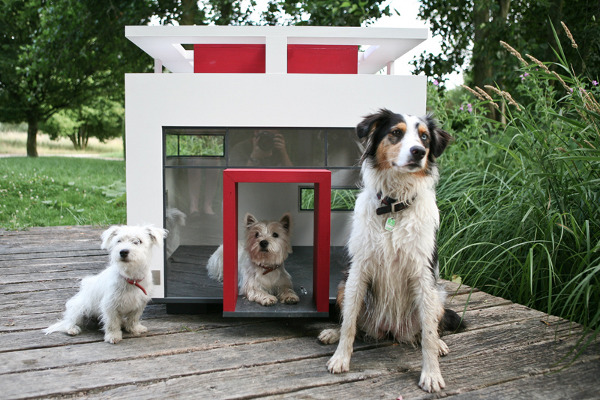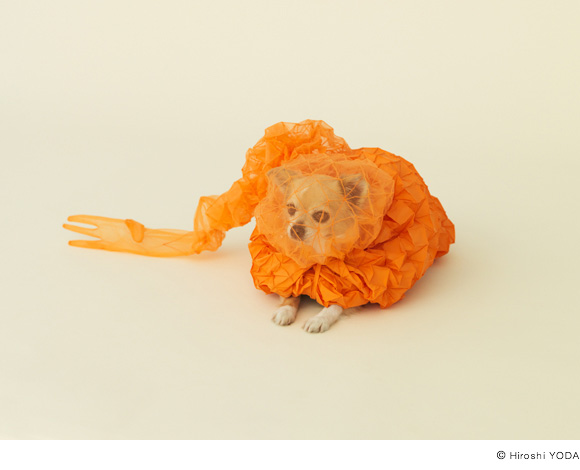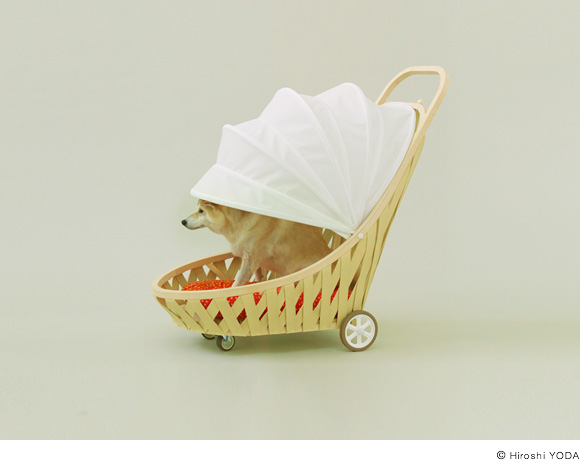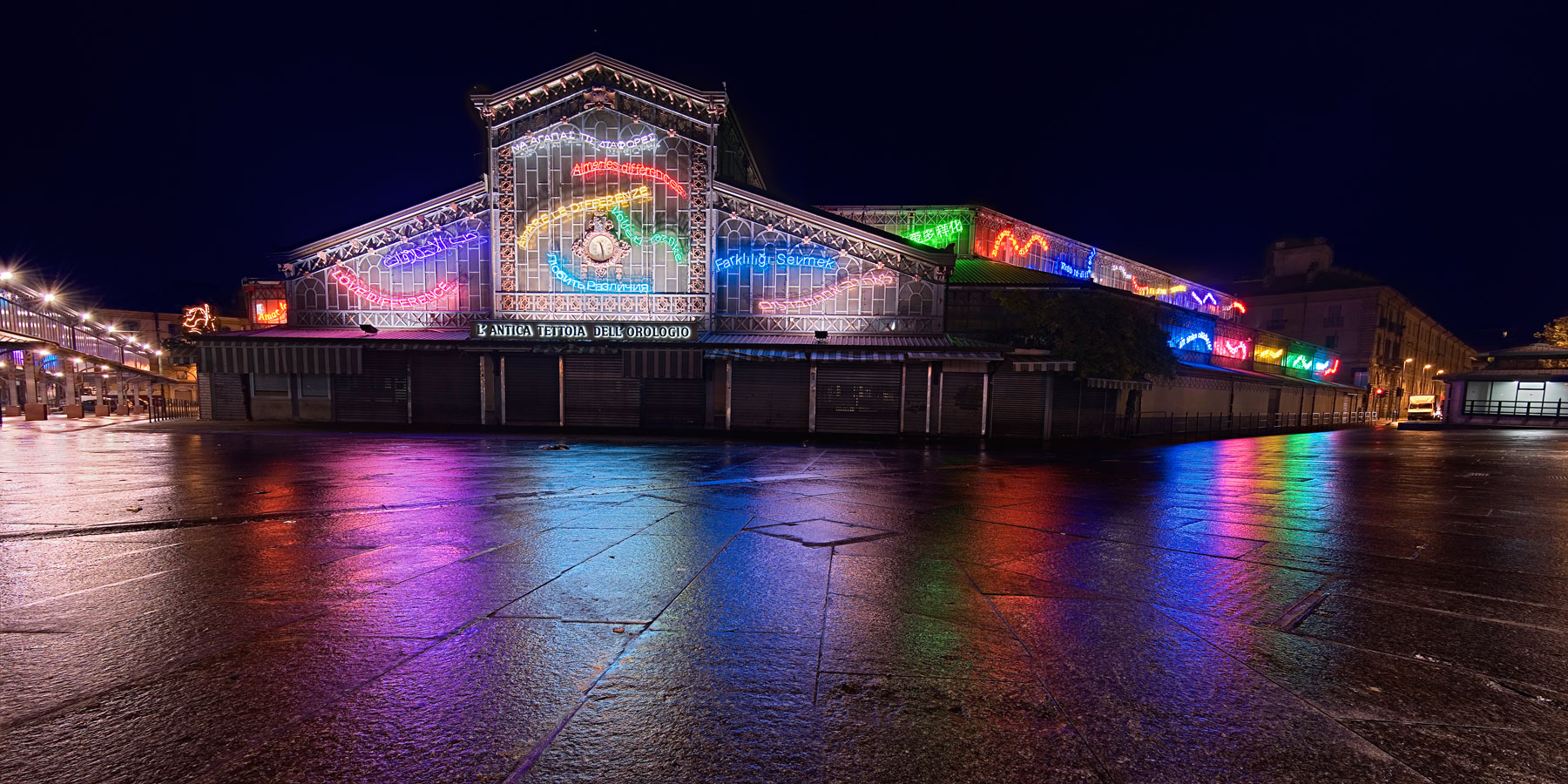Introduction
In the last ten to fifteen years the Italian city of
Turin has dedicated increasing attention to neighbourhood regeneration. Since
1990 urban decay is widespread in the suburbs of Turin. These suburbs are
places with a high unemployment rate and with a concentration of Italian and
immigrant population groups that face social exclusion. A large amount of the
recent immigration flows from north Africa, Eastern Europe and China settled in
these areas as well.
An example to illustrate the urban regeneration and
integration policies set up by the city of Turin in one of these particular
districts is The Gate project. The Porta Palazzo Committee –The Gate is a
social sustainable regeneration project, that can be a valid landmark of
public policies’ realisation at a local level.
In this paper it is described how in Turin the
current urban regeneration policy is related to the integration policy. The
interventions through The Gate project are analyzed and the results are shown.
At the end of the paper the question ”what have we learned after ten years of
urban regeneration practice in Turin?” is answered.
Urban regeneration and integration policies in Turin
Since the late 1960s the city of Turin was reached
and split up by immigration flows. The first immigrants came from the South of
Italy during the economic boom.
Turin, being a factory-city, saw its population
increase in two decades from 719.000 residents (in 1951) up to 1 million
(1.167.968 residents in 1971) 1. Today most immigration comes from different parts
of the world: Romania, Morocco, Peru, China, Senegal, Nigeria and the
Philippines.
In the last 20
years many local administrations in Italy – and among these there was Turin –
started to work at practical solutions to face a growing number of non-national
residents.
In general, the city of Turin during this period
(till 2006) adopted a sort of “ad hoc approach” to the immigration event,
that means that municipal interventions - through the main local actors’
(private and public organisations) - were explicitly targeted to immigrants in
specific difficult conditions. In the most recent years, consolidation of the
intercultural discourse took place, generating a large number of practises and
projects based on the notion of dialogue, mutual exchange and social
interaction.
Neighbourhoods such as Porta Palazzo or San Salvario
became, more than others in the city, the hosting-towns for the new
immigrants, with complex consequences. On the one hand these neighbourhoods
became vibrant melting-pot locations because of the mix of languages, colours
and different smells from Moroccan cafés, bars, kebabs, Turkish and Chinese
restaurants; on the other hand, all this diversity was accompanied by cultural
conflicts, communication breakdown and the lack of social links.
Because these
neighbourhoods are places where cohabitation and relationship rules are often
brought into question over and over again, contradictions and global conflicts
are intensified. In Turin, while some parts of the city were affected by big
transformation plans (to deal with the large urban emptiness left by the
collapse of industrial areas), in other parts the administration became aware
of the importance to turn its attention onto suburbs and problematic
neighbourhoods.
Many diverse
urban recovery and regeneration processes were launched in combination with
integration projects, either in urban semi-central neighbourhoods such as Porta
Palazzo and San Salvario, or in public housing blocks (by the means of Urban
Recovery Programs, Neighbourhood Contracts and Local Development Actions) for
the re-composition of social cohesion in areas where identity and quality of
life conditions were getting worse.
In
1997 the Progetto Speciale Periferie (Outskirts Special project)
was set up, which later (in 2001) became Settore Periferie
(Outskirts Department), to intervene in the urban environment on the
habitat and structural settings and on social dynamics. Key elements of this
project were: an integrated approach, citizens’ participation, procedural
and organizational innovation, identity and sense of belonging, improvement and
development opportunities.
Under the umbrella of the Settore Periferie many interventions took
place all over the city.
One example is European Initiative Programme (Urban
II) in the Mirafiori Nord neighbourhood, an industrial area, where a programme
took place to accomplish three complex goals:
1.
to create a
meaningful urban milieu for inhabitants, to encourage trade,
2.
social and cultural opportunities,
3.
to connect the
neighbourhood with the city through high quality services.
Another
example is the Corso Grosseto Recovery Urban Plan. This project started
in 2000 and
Another example is the Corso Grosseto
Recovery Urban Plan.
This project started in 2000 and focused on the
refurbishment of two public housing blocks and the renovation of sport centres
and meeting points in the neighbourhood.
The Settore Periferie promoted the creation of a
social support plan run by architects, sociologists and communication
specialists, in order to ensure the inhabitants’ involvement and their
knowledge of all the phases during the urban improvement.
Interventions and local actions such as these have
led to a range of policies, tools and best practises set up by the public
sector in partnership with the private sector, by professionals, public
institutions and citizens’ networks, to improve the quality of life and the
urban fabric in many neighbourhoods.
In 2006, after 10 years of Urban Regeneration
programmes, the Settore Periferie was replaced by the Urban Regeneration
Department, wherein the coordination of integration policies became a new
element. A deputy major was appointed for urban regeneration and integration
Urban regeneration local action: the Porta Palazzo
Committee The Gate
Situated
two steps from the historical city centre, Porta Palazzo has always been the
immigration neighbourhood in Turin. The central square of the neighbourhood
hosts the biggest daily open-air market in Europe. It is a dynamic
neighbourhood.
On Saturdays, more than 100,000 people visit the
open-air market and the flea-market (the Balon) in Porta Palazzo. At anytime
and any day of the week, crowds of women, men and street vendors meet in the
square, while kids are running around and hide under the handcart of their
mother selling vegetables, clothes or cooking-pots. Possibly the peculiarity of
the market and street life is what has always attracted newcomers to this area
in search of accommodation. During the 1960s the neighbourhood experienced a
migratory flow from the South of Italy, followed in the late 1980s by migration
from China and Morocco and, most recently from Romania and Albania.
Officially some 22% of the neighbourhood’s population
is of immigrant lineage (compared to 3-4% non-native residents in all the
city), however when one takes irregular residents into account, the percentage
adds up to around 40%. This significant concentration of immigrants means that
different languages and cultures are present in the neighbourhood. It also
means that Porta Palazzo experiences noise, discussions, legal and illegal
negotiations, which are all part of a very complex system of internal and
informal rules, overpopulation and a concentration of the most vulnerable
people of the city.
Porta Palazzo has a rich urban and architectural heritage and history, but most people
consider this neighbourhood as unsafe, dangerous, noisy and prefer to pass
through it as fast as possible.
In 1996 the City of Turin faced the unfavourable
social conditions and overall urban decay in the neighbourhood and presented “The Gate-living not leaving” project to the European Union, in the context of
the Innovative Actions of the European Regional Development Fund. This resulted
in the creation of an Urban Pilot Project - the Porta Palazzo Committee The
Gate 2 - in 1998. Located close to the market place, The
Gate started to work at improving living conditions and the social economic
status in the Porta Palazzo neighbourhood.
The Committee is a non-profit organisation with mixed
participation of public institutions and private bodies. Its programme was
mainly financed by the European Union, the City of Turin and the Ministry of
Public Works. The Gate implemented a strategy of social, environmental,
commercial, economic and physical (of both private and public spaces)
regeneration in the Porta Palazzo neighbourhood. On 31 December 2001 The Gate
closed the European phase of the project during which it had undertaken 18
actions: the urban regeneration process had been started.
The city council of Turin supported the process
started up by the Committee and transformed the Porta Palazzo Committee / The
Gate in 2002 into a Local Development Agency for complex urban regeneration
projects under the Settore Periferie (Outskirts Department).
As a Local Development Agency The Gate maintained the
same structure: a private body with mixed participation of public institutions,
private companies, local community players. Presently, the Board of Directors
consist of five deputy majors (Integration, Urban Planning, Economic
Development, Social Policies and Security Policies), two Neighbourhood
Councils, two Foundations, three trade organisations, the Chamber of Commerce
and three local NGOs.
This body is able to promote active citizenship,
involve local actors and citizens (associations, interest groups, people, etc)
on one side, and on the other one is it able to negotiate and co-plan with
other institutions working in the territory (Police departments, Health care
services, Waste agency, etc).
The Gate organises fund-raising activities and responds to
bids from private foundations, the local authorities, the district Council and
national ministries.
The extended project of interventions co-ordinated by the
Porta Palazzo Project Committee – The Gate is divided into the following five
areas: built environment, social environment, cultural environment, economic
environment and sustainable environment. In addition, there are also three
services: the social support service, the territorial consulting services and
the communication and information service.
Since the beginning The Gate has developed projects
and actions aimed at activating urban development, working on a wide range of
sectors in order to trigger key processes that today are finally making the
district renewal visible and remarkable from a social, economic and
architectural point of view. The Gate’s strategy has an holistic approach,
looking at the economic, social, cultural and physical aspects of the urban
regeneration process.
Interventions in the built environment
Most of the Porta Palazzo residents rent their
houses. The few landlords who live in the neighbourhood are elderly or
newcomers. In their condominiums the property management is complicated by no
sense of belonging, indifference or no sense of responsibility. Owners don’t
take care of their property and don’t know how to manage their possessions, or
how and why to share responsibilities regarding communal areas. As a result,
the building decay is getting worse and consequently the urban surroundings as
well. Also, too often landlords overpopulate their flats with irregular
immigrants (who are obliged to pay a stunning high rent for a 2 room-flat that
they share with 20 people).
Between 2000
and 2002 The Gate’s project Bando Facciate (Façades competition)
encouraged landlords to restore their condominiums, renewing the building
facades facing the streets, and to take care about their own properties.
A total of 58
condominium facades were restored.
In 2004 the Abitare Porta Palazzo
project (Living Porta Palazzo) was born, aimed at offering economic
support and advice to landlords on the refurbishment of the condominium common
spaces. At the end of the project, in 2006, more than 36 condominiums were
refurbished for a total amount of over 2,5 million Euro.
This project was followed in 2007 by the Abitare a
360° project (360° of living). Meetings were set up in the
courtyards for condominium residents to learn about domestic safety, energy
savings, house-managers and inhabitants’ rights and duties. In the course of
the project 46 condominiums in the neighbourhood were involved and more than 30
house-managers worked together with The Gate to improve the quality of life in
the properties they managed.
Since 1978 Italy has a national law that allows local
authorities in case of strong urban decay to force landlords to maintain and
fix up their property. The so called Obligatory Recovery Plans are placed into
motion by the City of Turin in 2001, under the project Piani di Recupero
Obbligatorio in the Porta Palazzo and Borgo Dora area.
In 2005 The Gate, in collaboration with the
Urban Regeneration and Integration department, the Urban Planning department,
the Housing department of the City of Turin set up a wide range of consultation
and support services, information and funds to help house managers and landlords
to accomplish the renewal interventions. 4 blocks and about 400 flats have been
involved in the project.
In all these
interventions in the built environment The Gate used Arabic and Chinese
speaking mediators, to ensure the involvement of the immigrant landlords and
residents.
Economic
interventions
The Gate also
works on improving and strengthening the economic fabric of the neighbourhood.
Some examples of economic interventions are:
Via dalla
Strada (Out of
the street) gives vocational training to young immigrants.
Se l’economia
è sociale (If the
economy is social) introduces rules and procedures of the Italian labour
market to newcomers.
l’Sciangai:
economia informale e cittadini stranieri (L’Sciangai, informal economy
and foreign citizens) supports the integration process of immigrant
citizens, who through informal or illegal economic activities try to make a
living for themselves in the neighbourhood. In some cases economic activities
can be regularized. In other cases The Gate tries out creative initiatives or
solutions for the negative impact of the irregular and informal activities.
Cultural
interventions
To invite
people to stay and live in the neighbourhood and to promote Porta Palazzo as a
cultural and touristic resource for the city, The Gate works on the enhancement
of local resources and of local cultural products. Turisti per casa is a
project in which diner walks were held in the neighbourhood, so people could
taste the cooking of the three most represented communities in the
neighbourhood: Islamic, Western African and Asian food.
A mobile
library (Bibliomigra) that travels once a week around the neighbourhood
has been created. People can choose from 700 books in 14 different languages.
Three times
the football tournament 2 tiri a Porta Palazzo was organised in the main
Porta Palazzo square. Among the teams competing to win the Cup were Romanian,
Chinese and Moroccan residents, Porta Palazzo traders, the police department
and Turin musicians.
Social interventions
To promote social cohesion, reduce marginalization,
conflicts and feelings of insecurity, The Gate works on the participation of
social actors and on establishing networks and coalitions between residents,
entrepreneurs and social actors.
In piazza s’impara (learning on the square) offers free lessons in Italian (to newcomers), Arabic,
Chinese, Portuguese and Romanian. These lessons takes place on the main Porta
Palazzo square.
Percorsi di cittadinanza attiva (active citizenship paths) develops
competences of citizens and their associations to analyse and resolve
conflicts. The idea behind this project is that safety and social conflict
issues are more effectively solved if not only institutions intervene but that
citizens can assume an active role as well if they improve their interpersonal
communication skills.
The results of
the following projects emphasize the importance of working in the neighbourhood
and to involve a public partner:
In 2000 The Gate social support unit set up an
empowerment action directed towards those Balon operators (the flea market
traders) that work without a regular permit. Tensions among non-regular and
regular sellers were running seriously high.
The project staff worked directly in the field with
the positive groups 3 of sellers and support them in forming an association. The Vivibalon association today is able to manage the market services: it
represents an important voice in the neighbourhood and it interacts with the
public administration.
The Comitato Sicurezza was born in 2001 at the
request of the neighbourhood council, the Turin Prefect of the police forces
and the mayor of the city. The Comitato Sicurezza tasks were to increase the
institutional collaboration on public safety and to promote a direct relation
between the police and the neighbourhood. The Comitato Sicurezza held special
meetings in which citizens belonging to local associations and committees could
speak directly with representatives of Turin’s institutions and authorities.
Another important project for networks is Tavolo
Giovani di Porta Palazzo project (youth table), which started
in 2003 and involved all the local actors dealing with youth (at risk).
This project has strengthened the cooperation
among local actors by organising meeting points to realize socio-cultural
events and by setting up video-making laboratories for youngsters. Youngsters
were able to discover new communication channels and to build up a new sense of
belonging.
Sustainable/Environmental
interventions
Apart from specific projects as Energia di
quartiere (Neighbourhood energy) and Da rifiuto a risorsa (From
rubbish to resource) to deal with the waste of the market, The Gate is
trying to pay attention to sustainability in all its projects,
encouraging awareness of wastefulness and environmental consequences.
Results
on the neighbourhood level
When one compares the situation in Porta Palazzo
before the beginning of the interventions by The Gate and the situation at
present, the neighbourhood has made a turn for the better.
Young people start to move to the neighbourhood and
house-managers and residents are more confident in their abilities and
responsibilities to take care of the housing heritage and want to participate
to the urban regeneration process. They ask for improvement of public spaces
yet untouched, participate in the European Neighbours’ day initiative, and they
start to make contact with their neighbours.
What the experience in Porta Palazzo shows, is that
the regeneration of urban public space can offer a chance to start a process of
negotiation on neighbourhood’ rules.
The regeneration process can bring citizens, local
actors and stakeholders closer, revealing that they share interests, wishes and
expectations about their neighbourhood. As in many cases, the public spaces
(squares, streets and courtyards) in Porta Palazzo formed the scene in which
social exclusion, cultural conflicts and intolerance were visible.
And at the same time the public space represented the
opportunity to meet each other, to share rules of use and also share
expectations about the transformation of the neighbourhood.
When people meet on Sundays in the main square to
learn Italian, Chinese or Arabic, they all understand the importance to be
there, together, to share the same space and contribute to a positive and
lively atmosphere of the neighbourhood.
The regeneration process is still ongoing, but the
interventions by The Gate have already resulted in the enthusiastic
participation of associations, committees, organisations, entrepreneurs, stakeholders
and individuals, believing again in the social-economic and cultural
renaissance of Porta Palazzo.
People from other parts of the city are coming back
to live or visit the neighbourhood and appreciate its potential. The Gate
worked hard at building networks throughout the area.
Citizens and organisations are constantly invited to
participate actively in the reduction of conflicts, taking up their own
responsibilities, to find new ways to contribute to the regeneration process
and not just complain.
The participation of first and second generation
immigrants in local initiatives and development opportunities in the
neighbourhood as any other inhabitants in Porta Palazzo is a real demonstration
of a growing sense of belonging and of a successful local approach to
integration.
Bibliography:
Link at all
refferring website:
Viviana
Rubbo Case of porta Palazzo Analisys - http://www.forum.nl

































